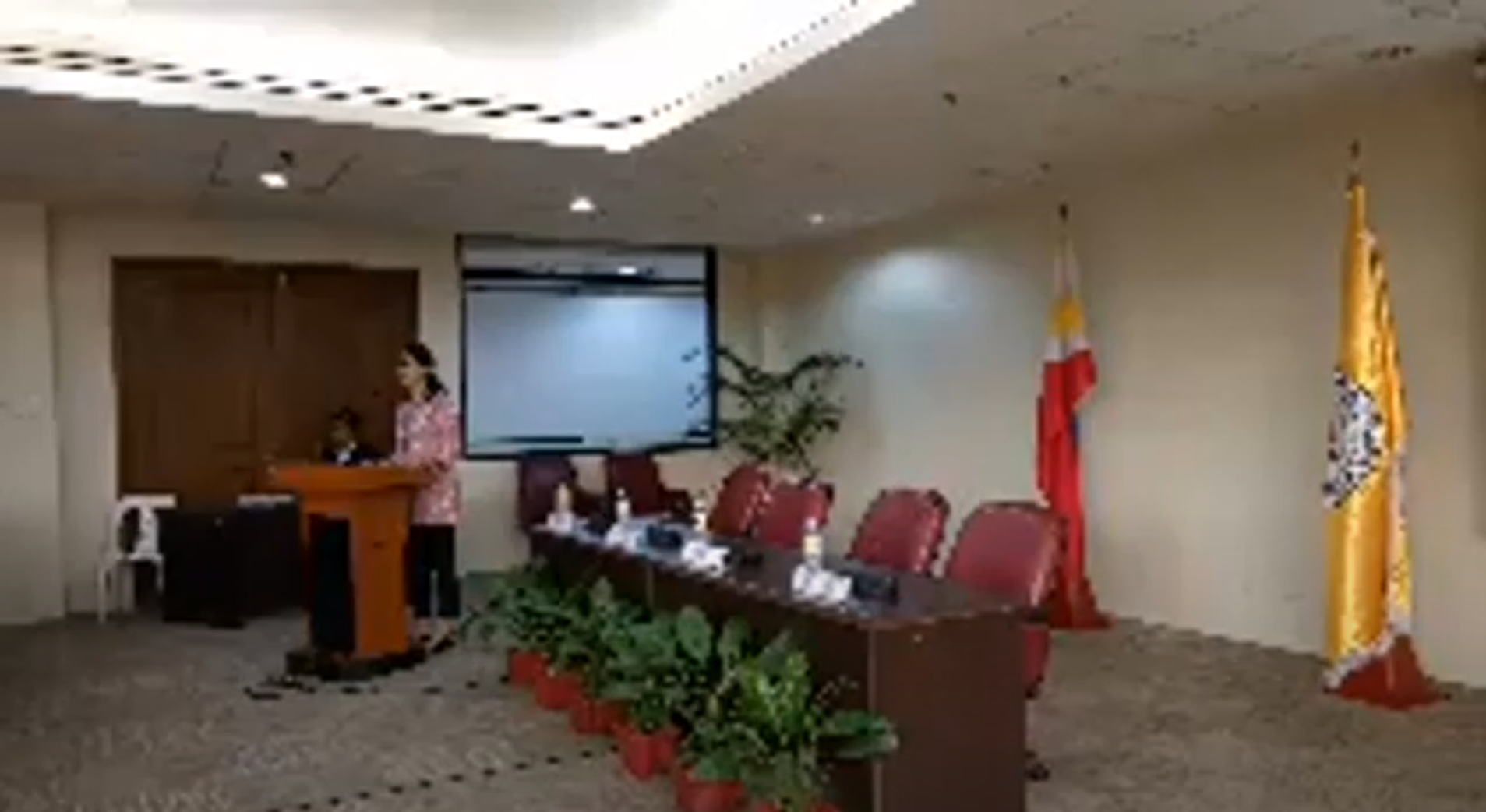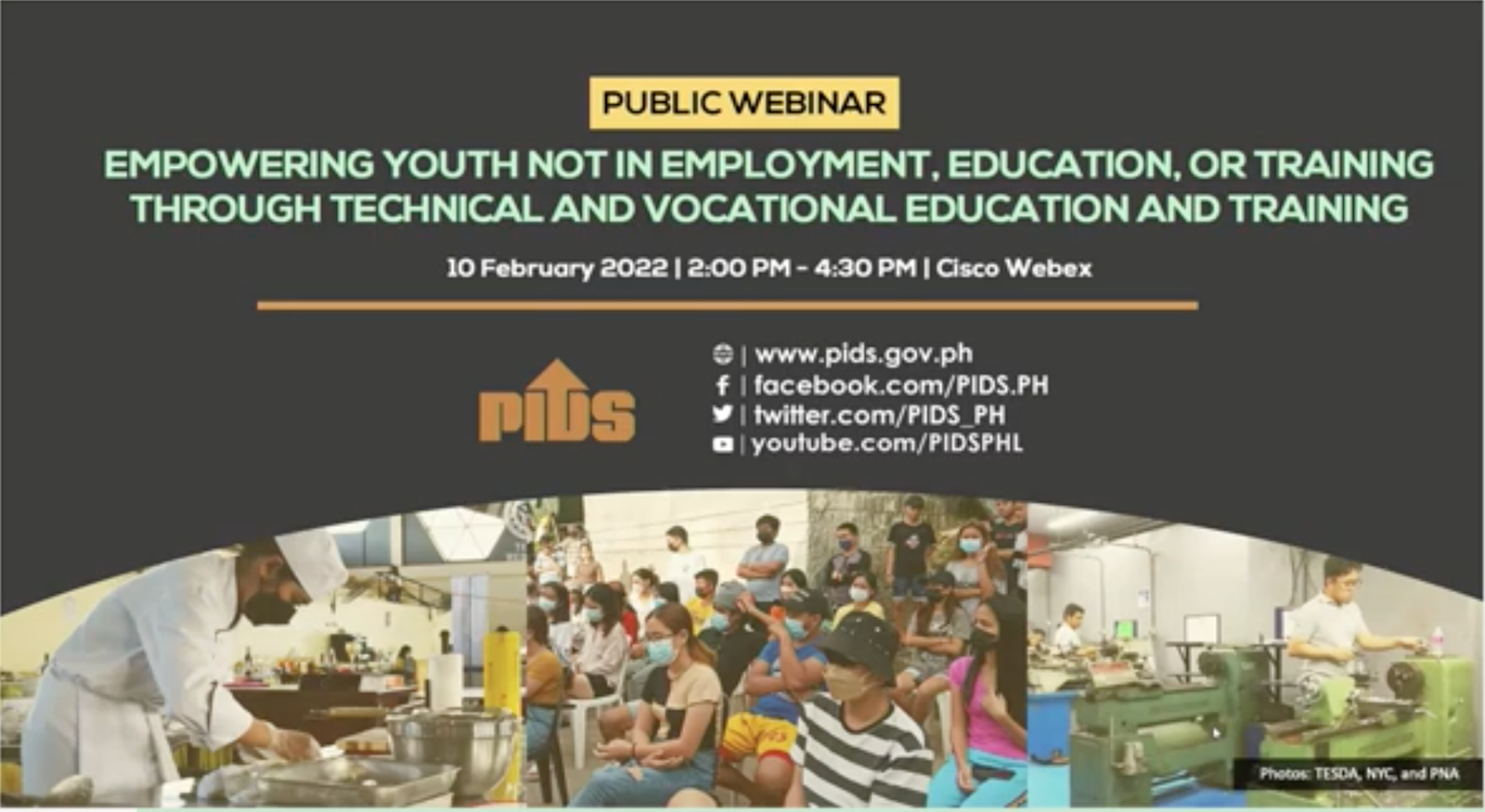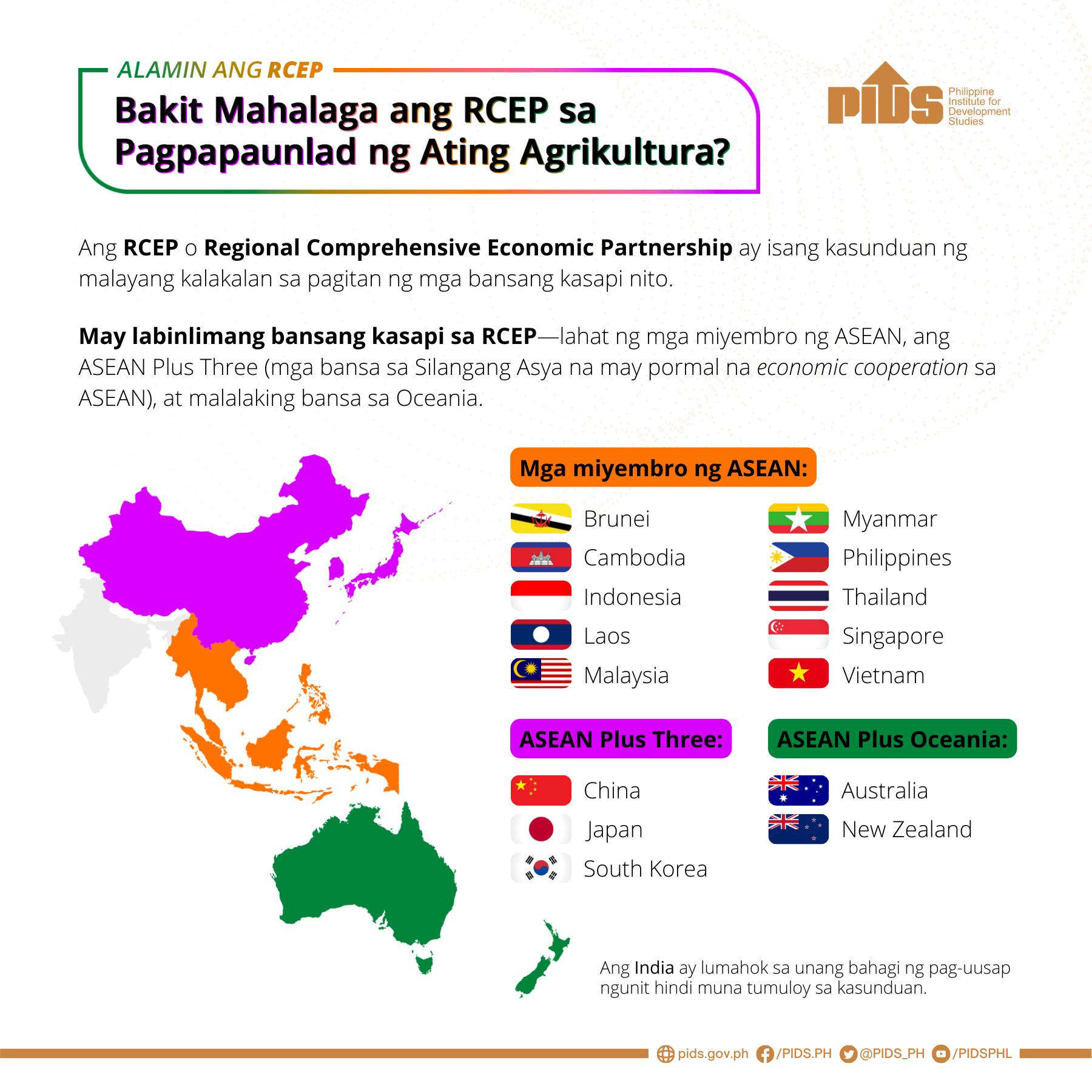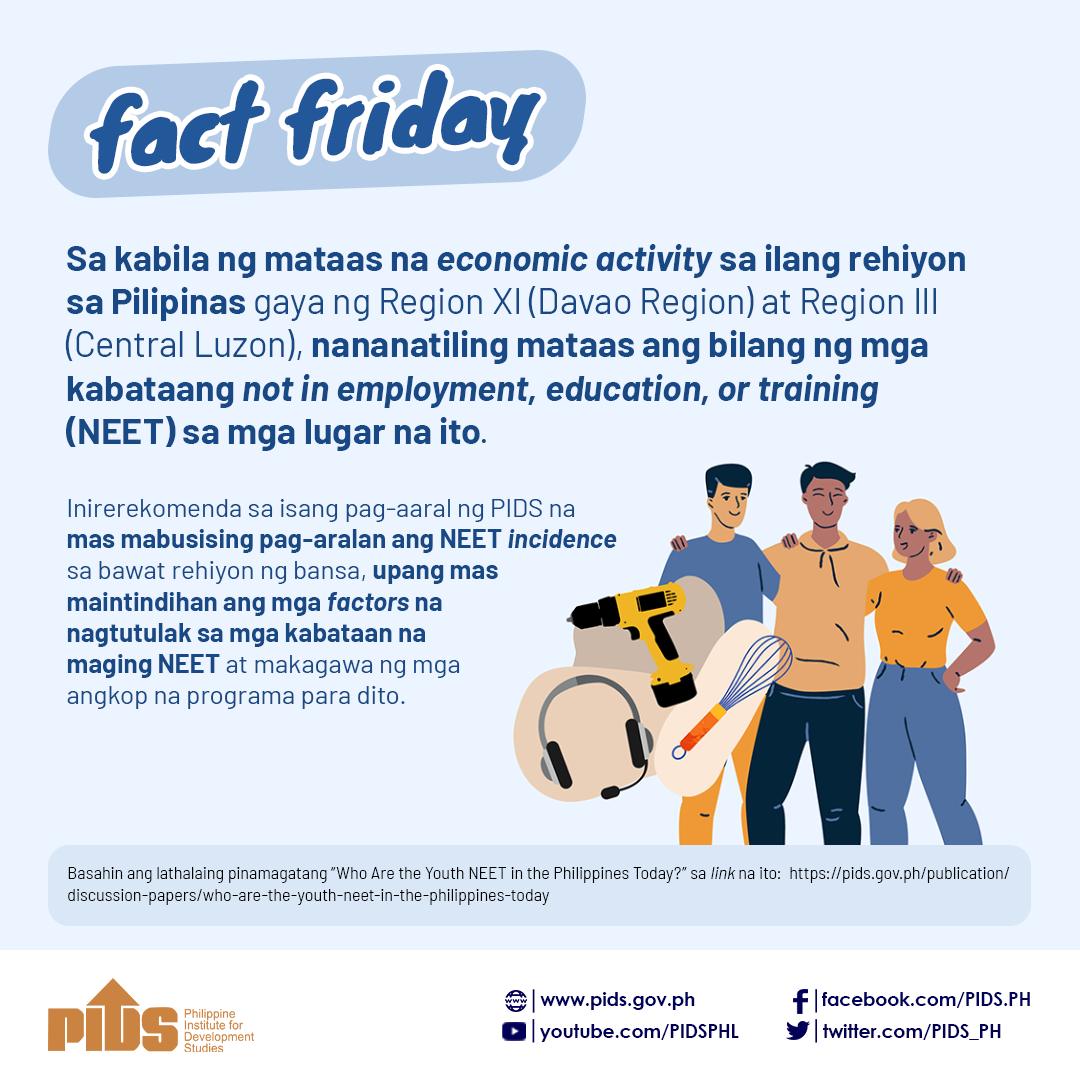Hopes are high that the Philippine Senate would finally resolve all doubts and issues it has been grappling with where it regards the Regional Comprehensive and Economic Partnership and, by early next year, would allow the country to jump in and join its confreres in the Association of Southeast Asian Nation in what is touted as the biggest free trade pact in the world, bigger even than say, the European Union.
The Philippines had already talked about RCEP since late 2012 with its co-members in the ASEAN and the bloc’s trade pact partners Australia, China, India, Japan, New Zealand, and South Korea.
After years of negotiations, in January 2022, 10 original parties — Australia, New Zealand, Brunei, Cambodia, China, Japan, Laos, Singapore, Thailand, and Vietnam – commenced implementation of the RCEP. South Korea joined in February 2022, followed by Malaysia in March 2022. Newly industrialized Indonesia, with the largest economy in Southeast Asia, sealed membership in RCEP in August, leaving the Philippines and Myanmar the only members currently outside the trade accord. India, for its part, had long withdrawn from talks in RCEP.
President Ferdinand Marcos Jr., particularly after his 4-6 September state visit to Indonesia, where his agenda covered talks on RCEP with his counterpart, President Joko Widodo, indicated that ratification of the accord would be high up on the order of business of the Senate, especially after enactment into law of the General Appropriations Bill.
That has come to pass, with the President signing into law on December 16 the P5.268 trillion budget for 2023, the first full-year outlay in his administration.
Earlier this month, Department of Trade and Industry Undersecretary Ceferino S. Rodolfo said he is hopeful that the Senate would positively consider ratifying the country’s membership in RCEP by the first quarter of 2023. “The President has already transmitted the instrument of ratification to the Senate, and the latter read RCEP into the record, calendared it, and had passed it on to the (Senate) Committee on Foreign Relations chaired by Senator Imee Marcos,” disclosed Rodolfo.
“We can work with the Committee, answer any questions they may have about RCEP, and facilitate the Senate’s concurrence to ratifying the pact.”
If the Philippines is finally able to sort out its issues with the RCEP, which include an apprehension about safety nets in agriculture, the country’s competitiveness and readiness to cope with a surge in the importation, among others – fears that private groups like the Management Association of the Philippines advocating for RCEP membership say are unfounded – and do decide to join RCEP, it will find itself part of the largest trading bloc in the world by economic size, that is, at least 30.5 percent of the entire world’s Gross Domestic Product.
In comparison, per United Nations Conference on Trade and Development estimates, the U.S.-Mexico-Canada accord is 28 percent and the European Union 18 percent of global GDP.
RCEP, which binds 15 nations with a total population of over two billion people, offers enormous economic benefits, which could mean an increase in global income, reaching nearly $200 billion within a decade.
The partnership brings tangible opportunities to businesses in Asia-Pacific. It creates favorable conditions for small and medium-sized enterprises, enabling them to participate even more in regional economic and trade activities and facilitating their tapping into markets in RCEP country participants.
Philippine Institute for Development Studies research fellow Dr. Francis Mark A. Quimba, also project director of the Philippine Asia-Pacific Economic Cooperation Study Network, points out that the Philippines not taking part in RCEPT would consequently see the country forgoing vast opportunities in recovery and economic growth generation.











